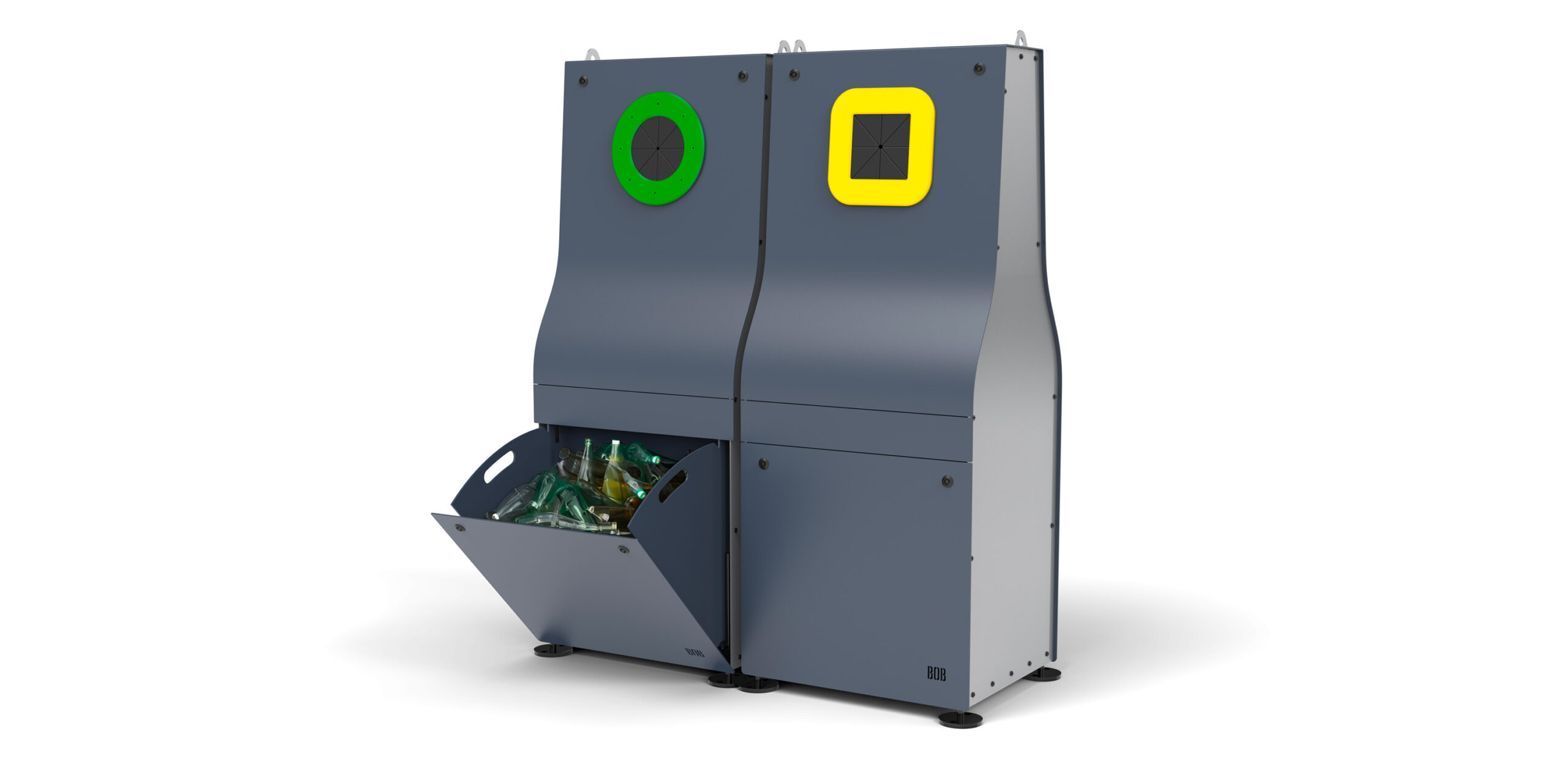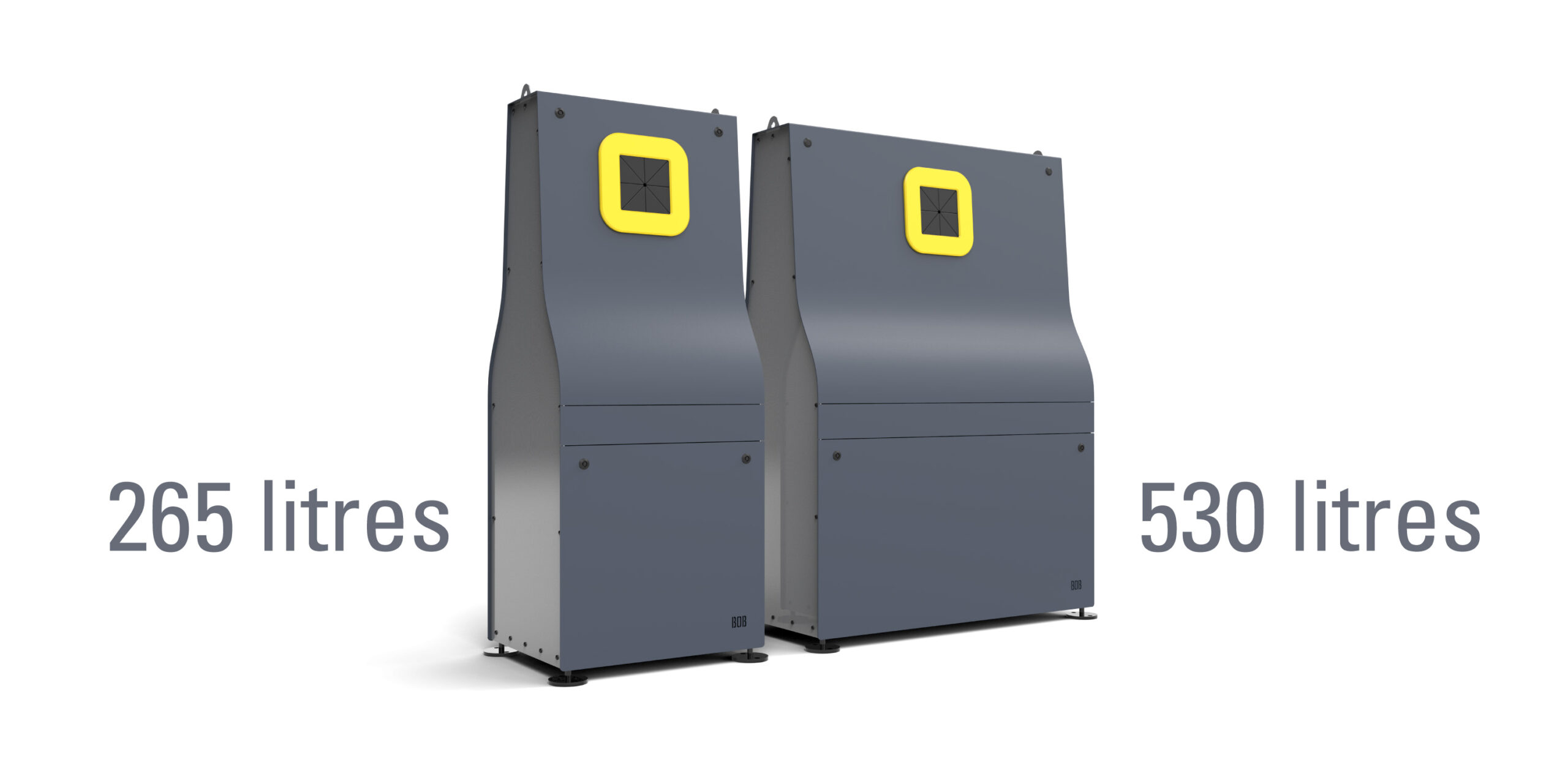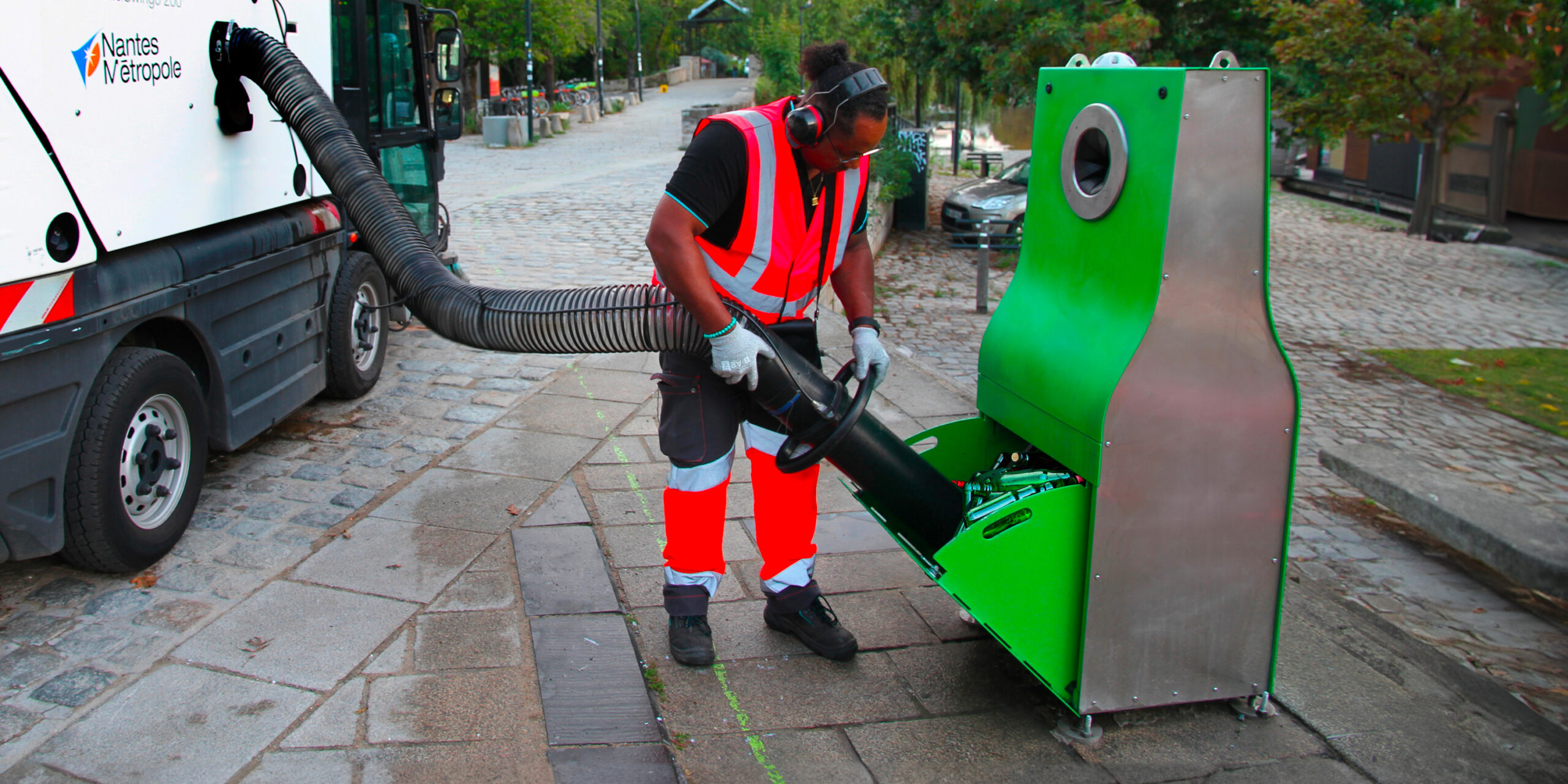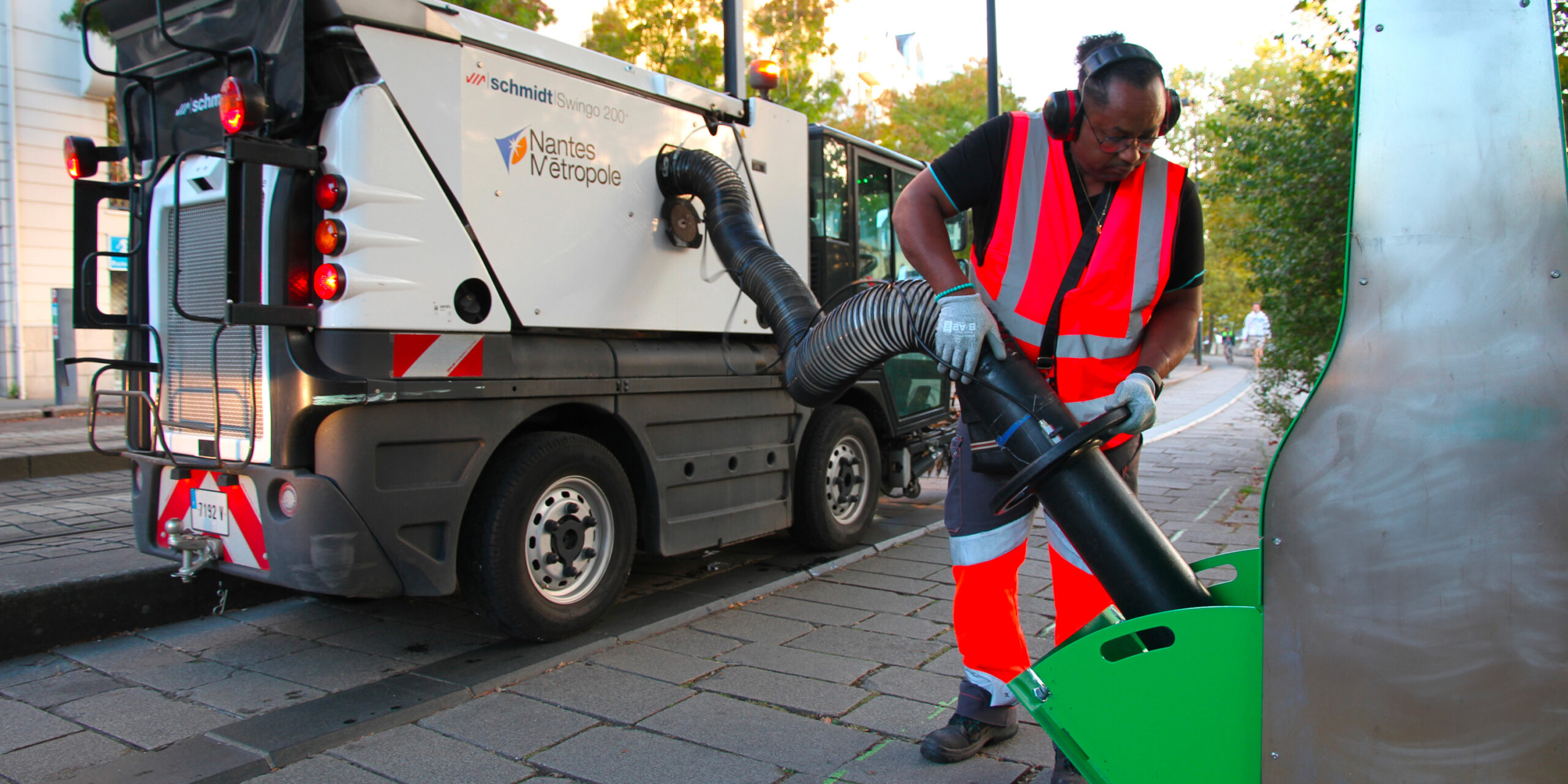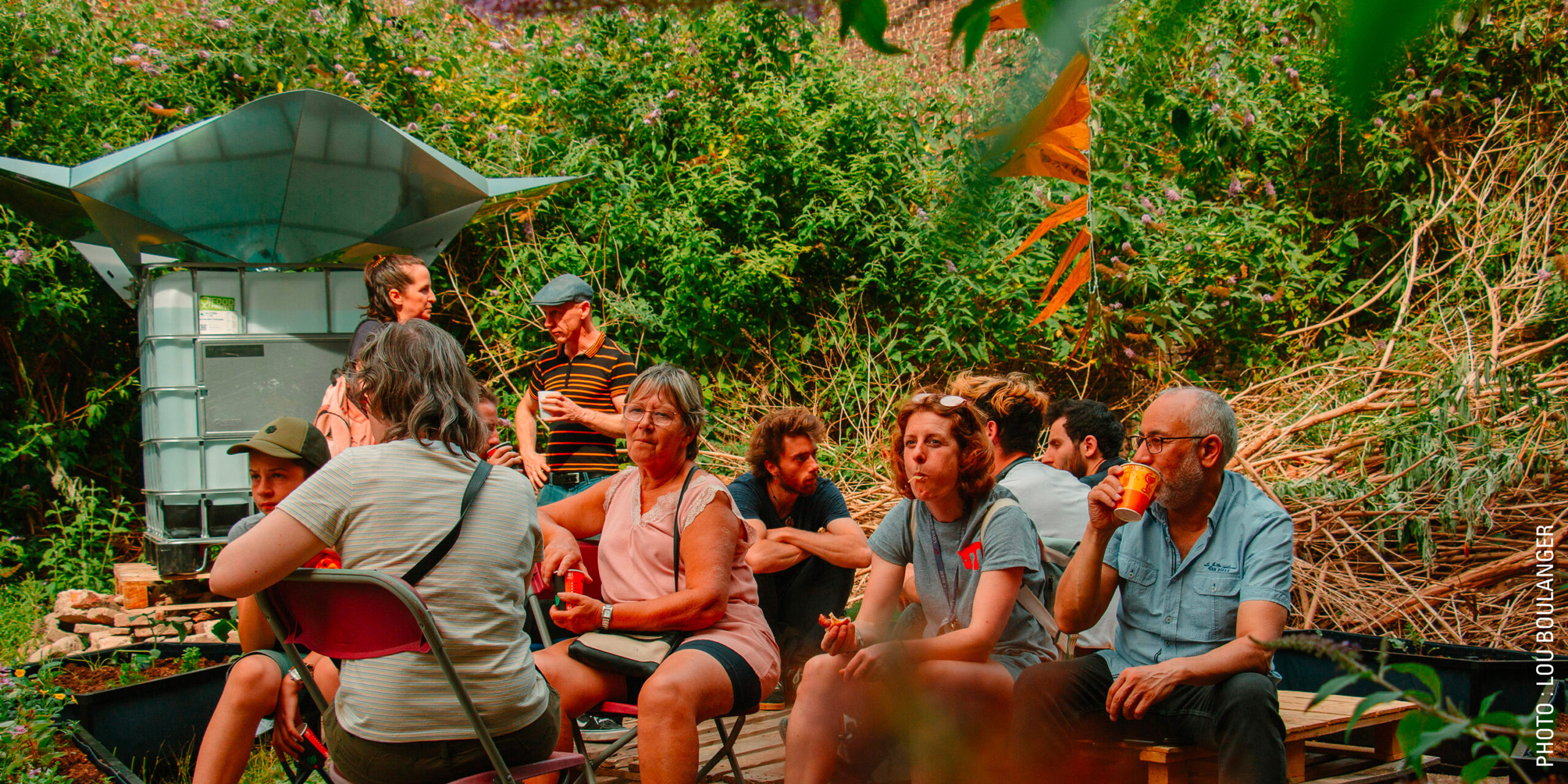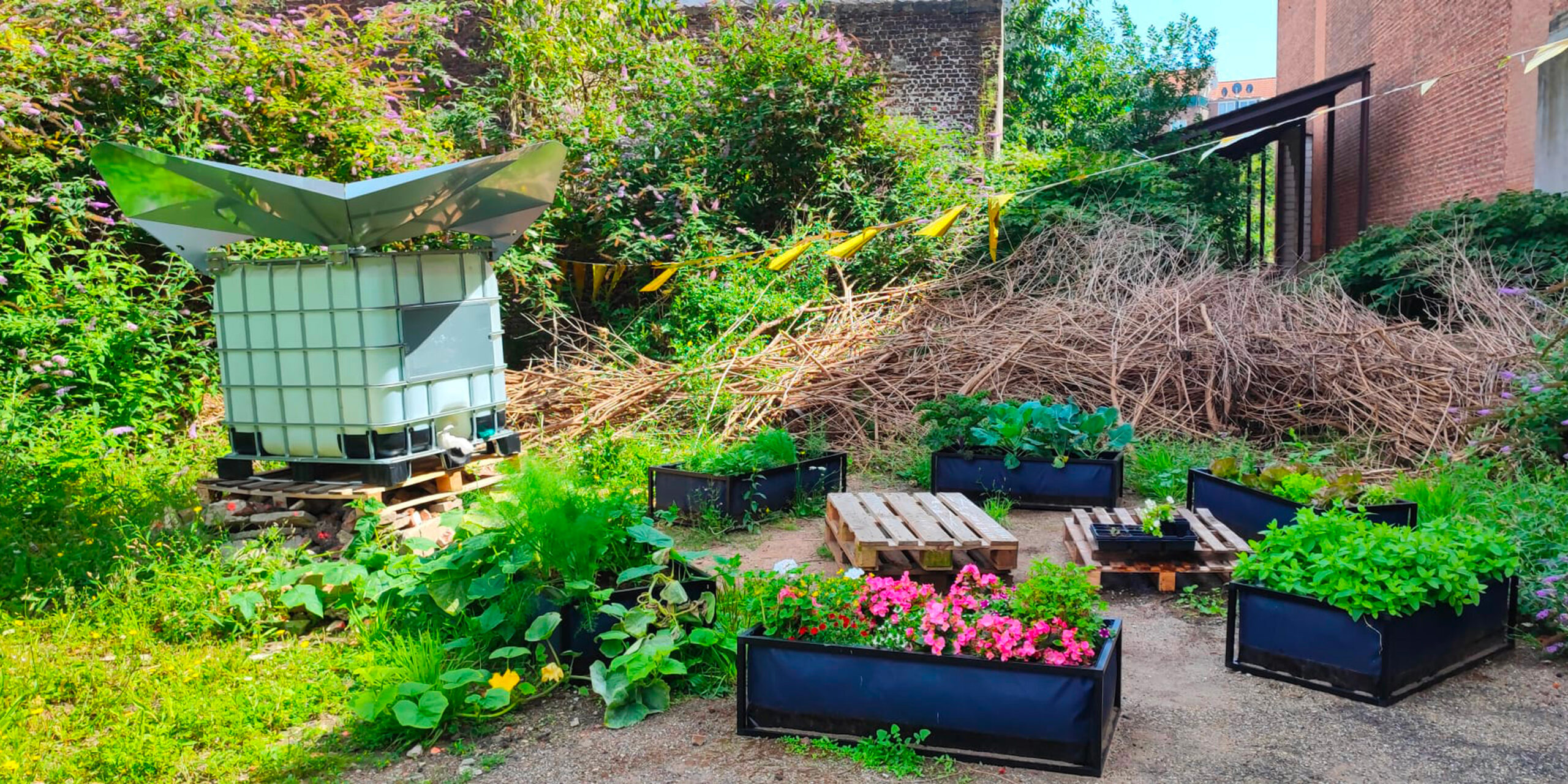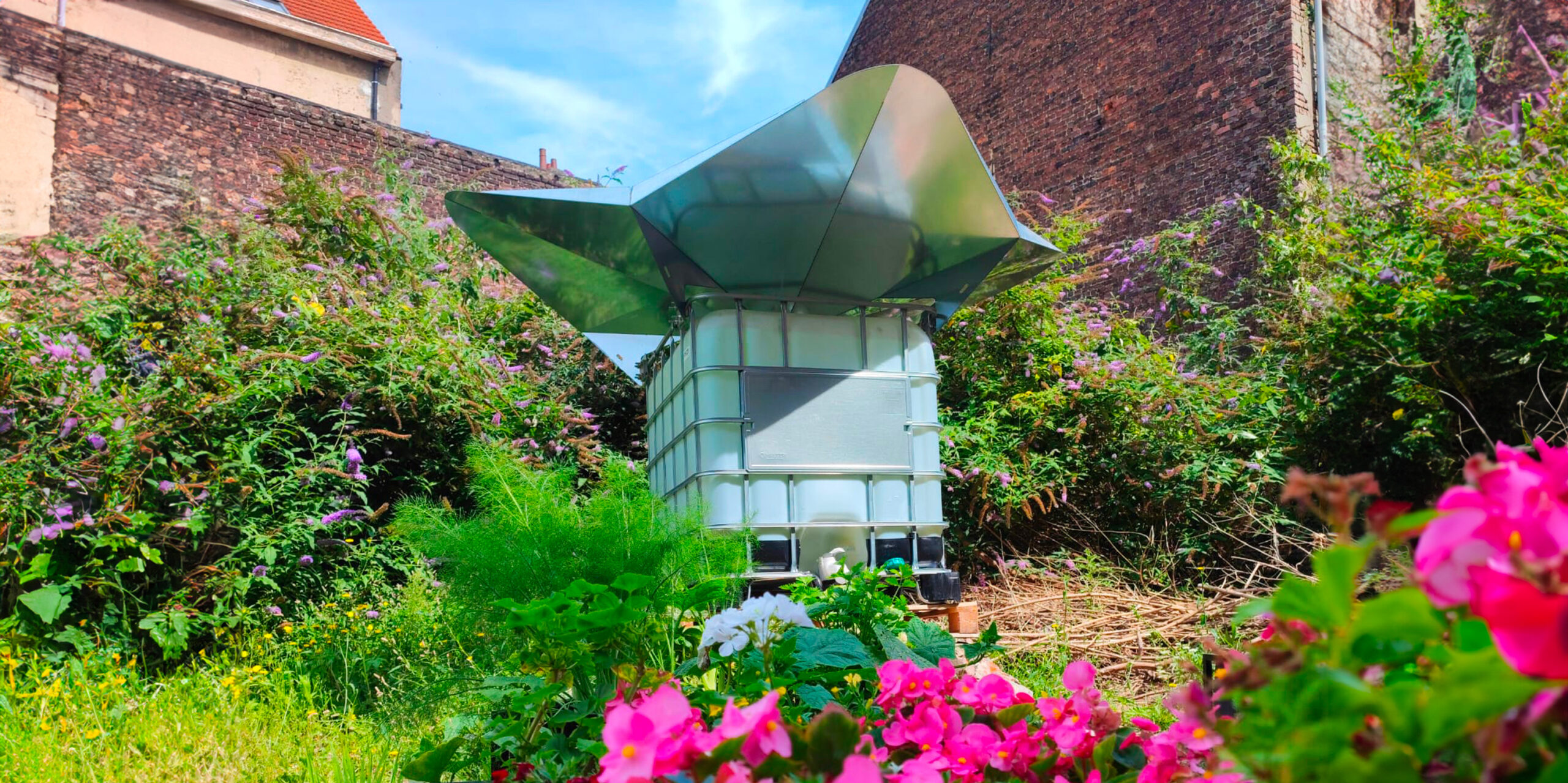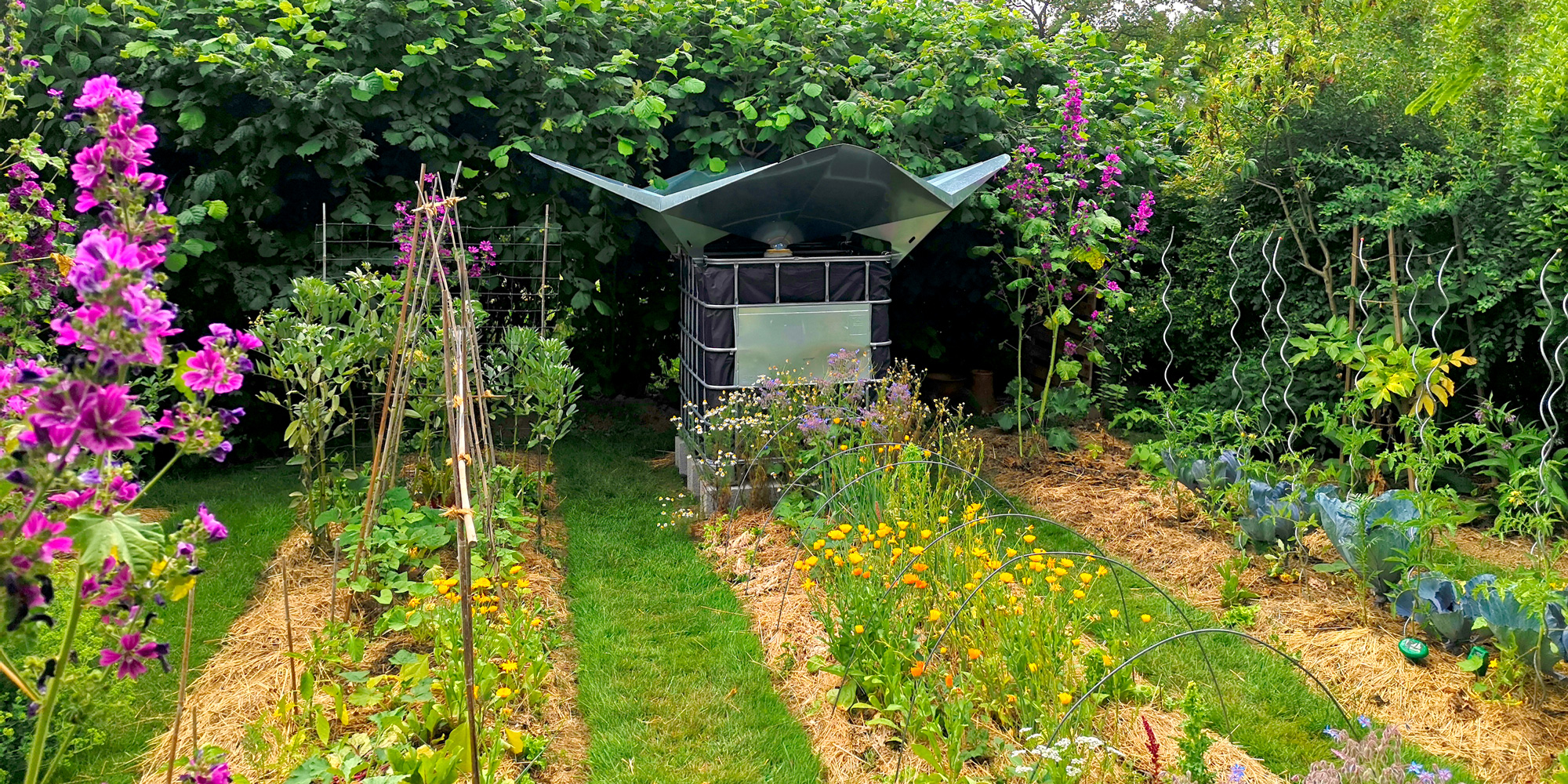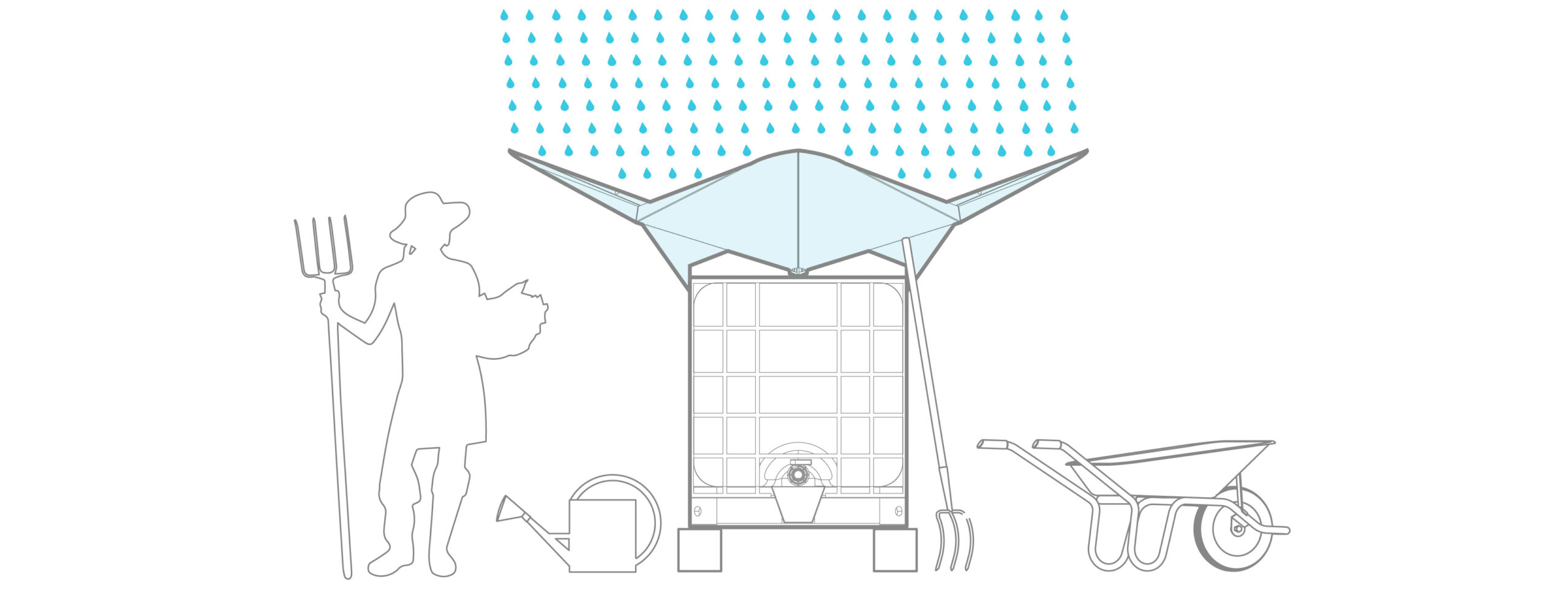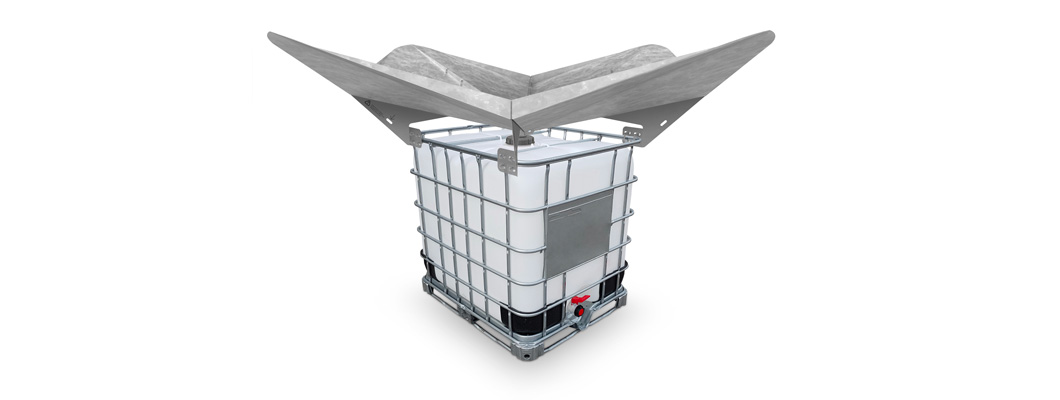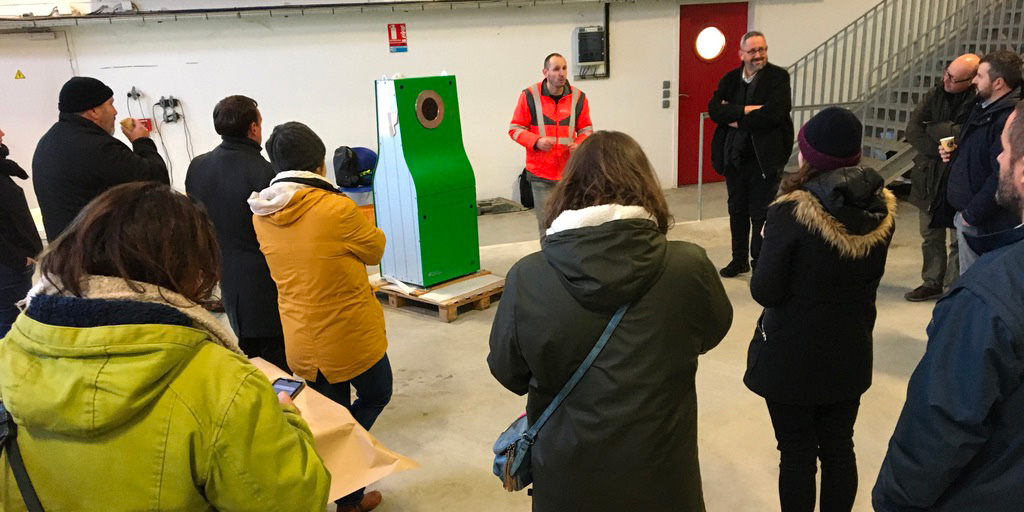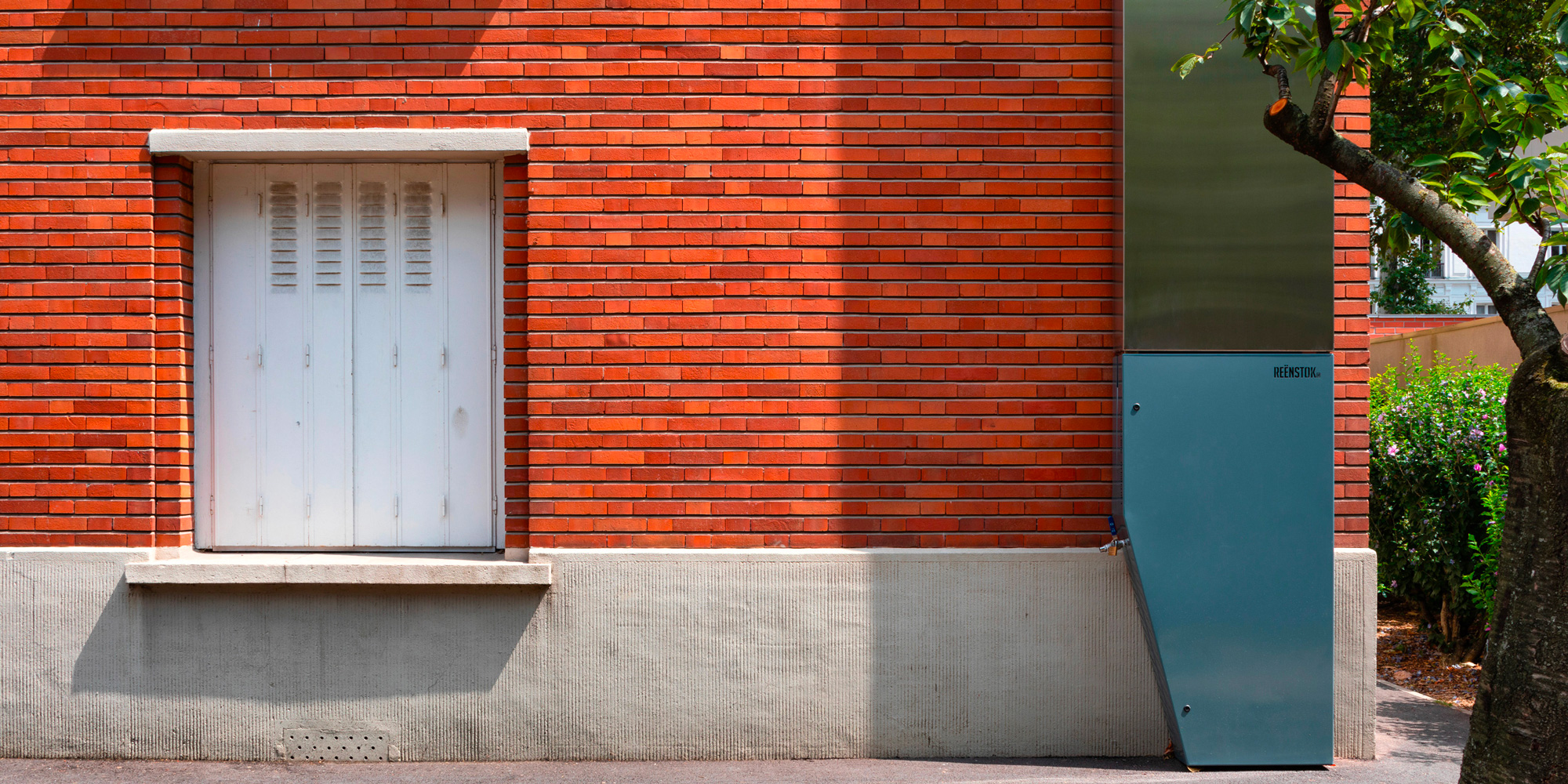
Installation of rainwater collection and storage systems on the facades of existing buildings, by Studio Faltazi, designers
Imagined by the designers of Studio Faltazi, Reënstok is a facade reservoir that replaces downpipes in order to use them in situ: watering balconies, gardens at the foot of buildings and green walls. In July 2019, a first façade tank will be installed on rue Louis Blanc (Paris 10) with the support of Paris Habitat and the DPE, followed by a second tank in 2020 on rue Delesseux (Paris 19).
Reënstok building façade water tank
Climate change remains the most pressing issue for our planet, and large metropolitan areas are the first victims of deteriorating air quality, urban overheating and the changing relationship between man and nature. There are already a number of solutions to slow down, or even stop completely, the destructive impact of man on our planet. Urban lighting is a technical enzyme that can help generate new actions and uses in our cities.
On average, the Paris water department collects, moves, treats and distributes 483,000 m3 of drinking water to 3 million users every day. It also offers non-drinking water to companies and communities as an alternative. Paris is fortunate to have 2,000 km of non-drinking water pipes drawn from the Seine and the Ourcq Canal, which are used for watering gardens and parks, cleaning streets and maintaining the sewerage system. In addition to this service, we propose to install water tanks on the facade to replace the gutters.
“Rainwater stored in new generation tanks or buffers will no longer go directly into the sewers. It will be collected and stored for use on site, for watering plants and flowers on balconies, ground floor gardens and green walls. o evaluate the total saving of drinking water, these tanks are connected to the Lora network; they thus provide advance information to the Paris water utility.“
This device also has another, regulating function: by absorbing excess water during storms in Paris to avoid overflowing the treatment plants and to ensure the flow necessary for the proper functioning of the sewers during periods of drought. Composed of modules of various shapes that can be stacked at any height, these tanks can reach the highest ledges and balconies of a building, right up to the roof. The system purges itself when temperatures fall below zero.
Designed as a simple vertical parallelepiped in brushed stainless steel to reflect its environment, this façade tank is composed of a distribution unit at the foot of the building and modules that can be stacked without height limits.
A real buffer volume, the façade tank also plays a regulating role by absorbing excess water during storms and deferring its use during dry periods: it thus contributes to the implementation of the Paris Rain Plan (rain zoning in Paris).
July 2019: Installation of a first façade tank, Paris 10
Experienced for the first time in Paris on an apartment building owned by Paris Habitat and located at 2 rue Louis Blanc in the 10th arrondissement, Reënstok replaces the existing downspouts. Stored in these new-style buffer tanks, the rainwater collected in this way no longer goes directly into the sewers. It is recuperated for on-site use to water the green spaces of the housing complex and a shared garden managed by a neighbourhood association, without consumption or cost.
July 2020: Installation of a second façade tank, Paris 19
A second tank is installed on the façade of a building in rue Desseuleux, Paris 19, to collect rainwater.
A project supported by Pavillon de l’Arsenal


